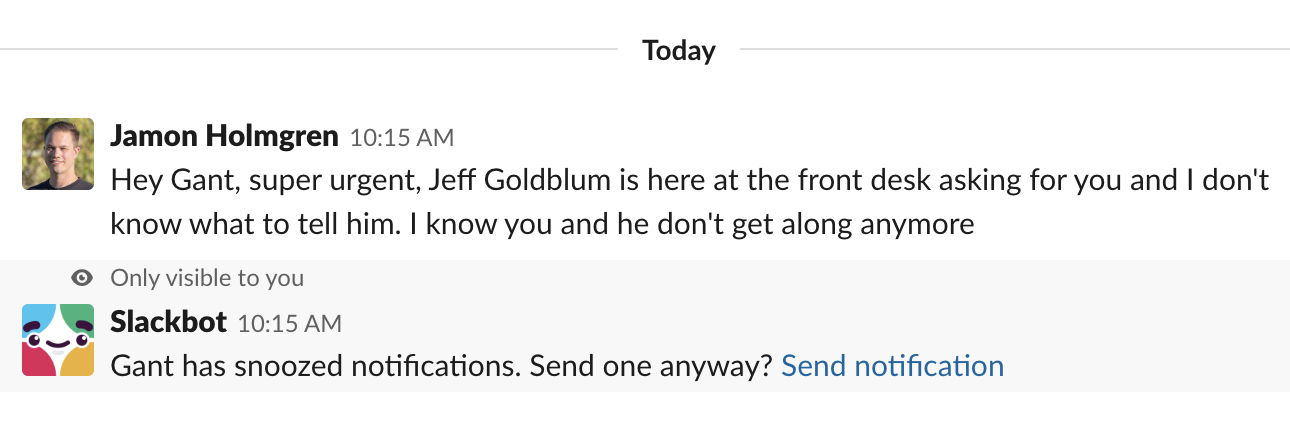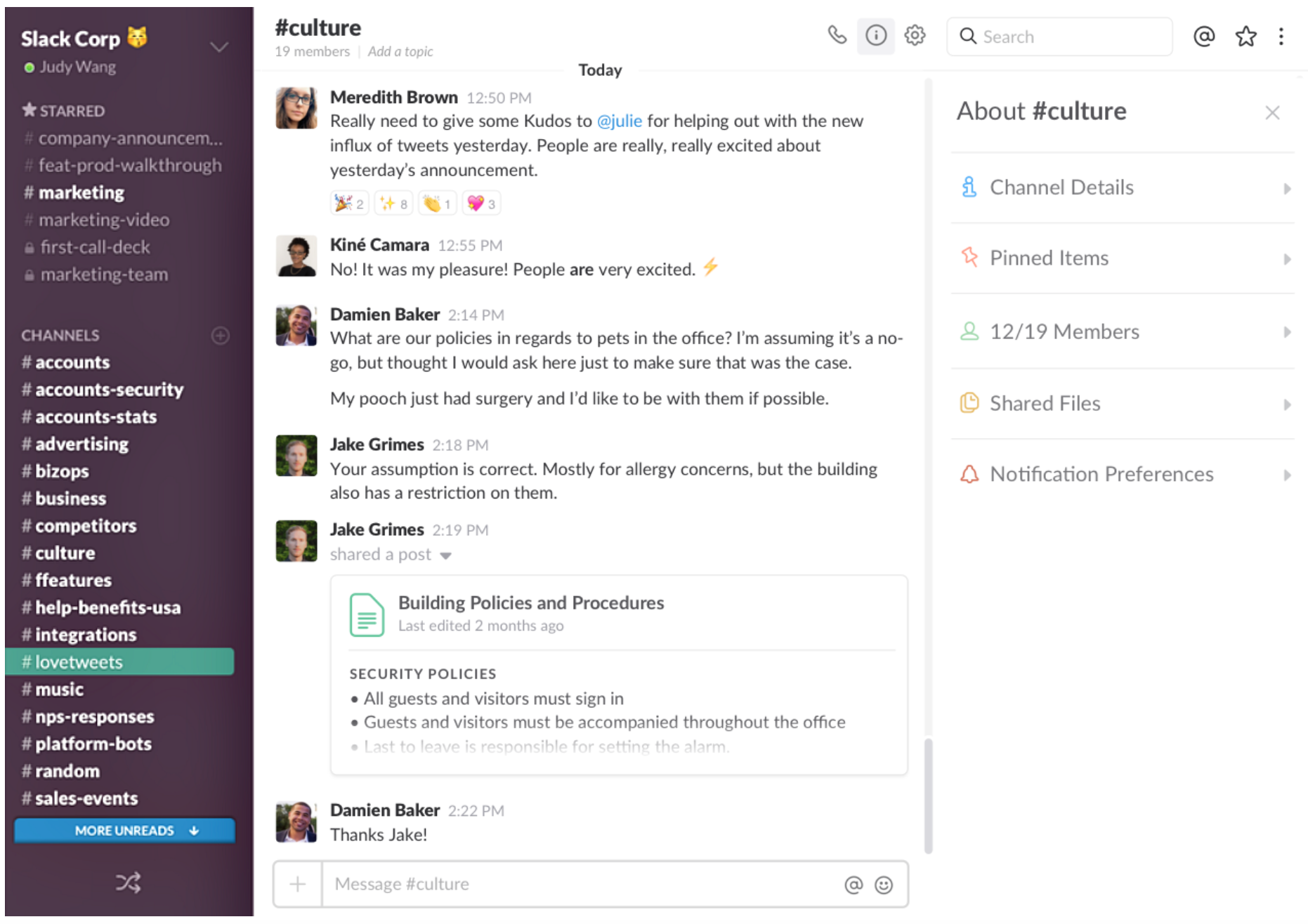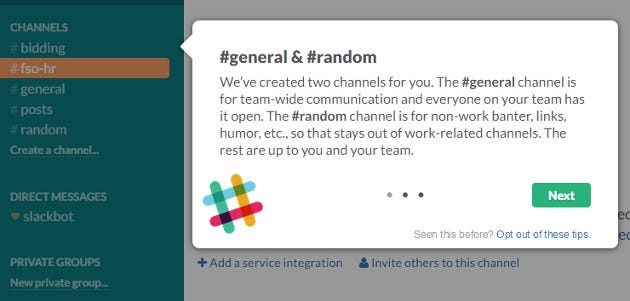Latest news about Bitcoin and all cryptocurrencies. Your daily crypto news habit.
 Animation by manghoti on Gfycat
Animation by manghoti on Gfycat
And if that attention manipulation of the “general public” and the harmful effects it entails, can be at the center of dedicated discussions in recent years, showing the signs and symptoms of a transition to a new economy more appropriate for the user, his rights and personal data trade at the same time, it should be equally questionable to address that place of software ethics in professional circles, which we have striven to respond through Apoapse Pro’s design.
Indeed, when a workplace software such as e.g., Slack, being sold as the miracle tool of team productivity, glues employees on its interface giving them the illusion of free choice and interconnected ‘simplicity’, it should normally be difficult for an organization to adopt a solution that gradually becomes a continuous, dehumanized, hyperconnected coffee break that makes them unable to focus on their goals by pushing them to immediacy.
As early as 1995, XEROX PARC introduced in its guidelines for “Calm Technology” that technology “should require the smallest possible amount of attention” and communicate information “without taking the wearer out of their environment or task.” Or that technology “should respect social norms” not to “cause stress on” in particular. 24 years later and in today’s context, this hits home more than ever.
The Impact
While we were developing Apoapse Pro, we wanted to interact with as many companies as possible around us, in order to understand their digital practices. What particularly caught our attention was something among regular users of Slack. Although most of them are aware of the extra work time offered to these tools, they end up confusing it as a professional obligation.
And as this becomes an obligation, the level of professional attention becomes the same for useful information or an important message, as for the photos of the latest birthday or the next meal within the team, all drowned out in the same flow of messages sent throughout the day, where participants ensure that they are not penalized professionally, or by social pressure, so as not to feel left out of the group. It is also relevant when it comes to showing that one is doing one’s work, whether one is physically present or working remotely.
And, little by little, “obligation” turns into “obsession”, gradually leading to a natural unconscious ‘cycle’ of checking and responding at all hours (sometimes at night). Slowly, vices take shape and metastasize without hierarchy, until reaching the top of the managerial pyramid where people find themselves continuing, almost always according to our observations, to see a simple investment complementary to the e-mail. As the latter is still the most prevalent communication channel in the workplace today, new issues of efficiency related to process performance, such as those that can be expressed here, are too often ignored in the workplace.
As for the prioritisation of content, that of those sent in Slack (and alternatives using the same mechanisms) being almost nonexistent, in the middle of the myriad of messages sent and scattered in a multitude of channels, sometimes at intervals of a few seconds, then makes tracking all messages tiring, or even physically impossible, depending on the size of the company.
 Screenshot from Jamon Holmgren on Red Shift
Screenshot from Jamon Holmgren on Red Shift Slack notification
Slack notification
It may seem paradoxical for solutions touting increased workplace productivity, but after all, time lost in finding the bulk of what has been sent also contributes to inflating usage metrics among other indicators. Even when Slack introduces a Do Not Disturb mode in 2015 to advise others that you’re unavailable, messages continue to arrive, and you’re notified anyway. You must then develop a self-discipline that could be avoided.
Slack also has the distinction of starting with two mandatory channels created by default, including a “random” channel. As the name suggests, it collects all messages that have nothing to do with the business or teamwork. Slack’s intention here is to encourage the sending of as many messages as possible with two goals. First, the more messages sent, the faster the limit of 10,000 messages on the free plan is reached. The second goal is that users spend as much time as possible on their application. To summarize, it is a practice for an economic purpose to boost the number of messages sent, and to feed a need for unnecessary attention at the same time.
 Screenshot of Slack from Martin Konicek
Screenshot of Slack from Martin Konicek
Thus, with these observations in mind, we focused on how to find all content in Apoapse Pro, but also how to change the way the app works, depending on the type of business or its communication practices. To that end, in Apoapse Pro, each room contains a list of topics with a name for each, that are as many discussions about a specific theme, avoiding, for example, having more channels than employees. This also means getting employees’ replies faster on a specific topic through Apoapse Pro, rather than getting lost in many messages.
Final Words
Long story short, if what we are currently working on may be for you, or someone around you, and in addition to that, the exclusive ownership of your company data is for you, you can learn more and pre-register for Apoapse Pro, and soon, keep your communications in a secure vault, hosted at the heart of your business.
Can You Resist Slack? was originally published in Hacker Noon on Medium, where people are continuing the conversation by highlighting and responding to this story.
Disclaimer
The views and opinions expressed in this article are solely those of the authors and do not reflect the views of Bitcoin Insider. Every investment and trading move involves risk - this is especially true for cryptocurrencies given their volatility. We strongly advise our readers to conduct their own research when making a decision.
